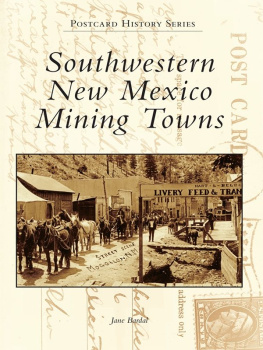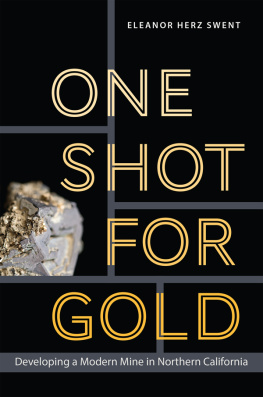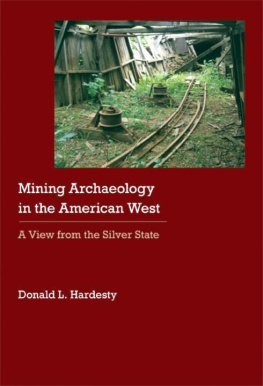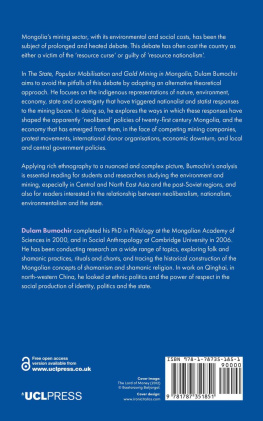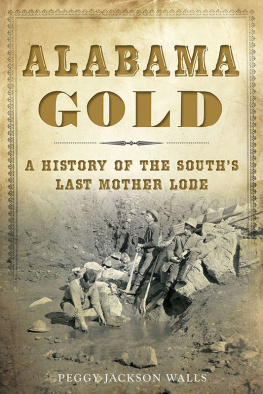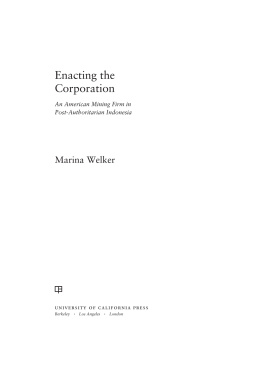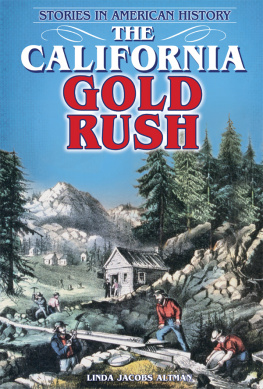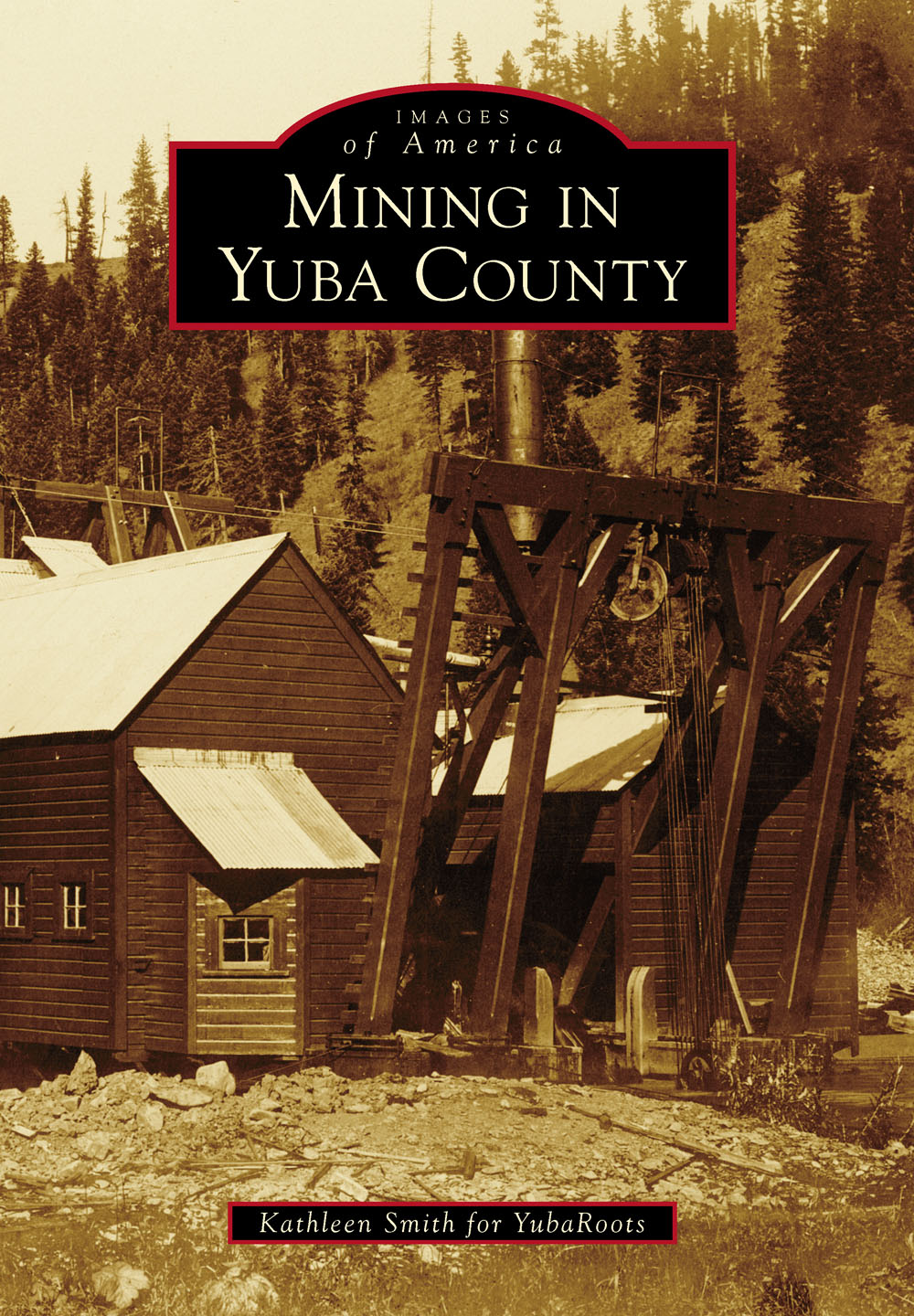
IMAGES
of America
MINING IN
YUBA COUNTY

This 1905 map, issued by the California State Mining Bureau, shows the reason for the density of gold in Yuba County. The ancient Neocene river channels that run throughout the area contain auriferous river gravels that hold vast quantities of gold. The surrounding areas of shore and river gravel, and other outlying areas, frequently contain gold as well. Geologists know this area as the Smartsville Block, or Smartsville Complex. (Courtesy of the California Department of Conservation.)
ON THE COVER: This Risdon Iron Works dredge on the Yuba River is similar to the old style Risdon dredge produced by the Risdon Iron Works in San Francisco. As tailings from hydraulic mining filled the waterways, miners began dredging the stream to clear it and retrieve any valuable minerals not caught in the original sluicing process. This may have been the dredge used in 1910 by Mammoth Dredging Company. (Courtesy of the Marple/Hapgood Family.)
IMAGES
of America
MINING IN
YUBA COUNTY
Kathleen Smith for YubaRoots

Copyright 2015 by Kathleen Smith for YubaRoots
ISBN 978-1-4671-3290-9
Ebook ISBN 9781439650394
Published by Arcadia Publishing
Charleston, South Carolina
Library of Congress Control Number: 2015930920
For all general information, please contact Arcadia Publishing:
Telephone 843-853-2070
Fax 843-853-0044
E-mail
For customer service and orders:
Toll-Free 1-888-313-2665
Visit us on the Internet at www.arcadiapublishing.com
This book is dedicated to all who value history and its lessonsallowing those lessons to guide us to a better future.
CONTENTS
Every Man for Himself:
Rules of Conduct and Organization |
Howdy Partner:
Companies Formed to Improve Productivity |
There Must Be a Better Way:
Hydraulic Mining |
Mining vs. Agriculture:
Californias First Environmental Law |
Economic Impact:
The Caminetti Act |
Dredging:
The New Big Business |
There Is Still Gold in Them There Hills:
Will it Stay There? |
ACKNOWLEDGMENTS
The people of Yuba County value the areas history immensely, and its historical community is very diverse. The commitment of these individuals and groups to preserving the stories of their past is truly remarkable, and many of them have graciously contributed images to this publicationsomething for which I am hugely grateful. Others have contributed by sharing their contacts and helping me find the information and images necessary to put this book together. Some of them are, in no particular order: Sue Cejner-Moyers, who tirelessly teaches history to children through storytelling and historical character presentations; Gina Zurakowski, the librarian at the Local History Archives of Yuba County Library; Chris Ward, archaeologist and tour guide extraordinaire; Doug Criddle and Ruth Criddle, who preserve the memories of the lost dredger towns of Hammonton and Marygold and keep former residents in touch by holding annual reunions; Rosemarie Mossinger and the Yuba Feather Museum; and Ruth Mikkelsen and Roberta Sperbeck DArcy of Browns Valley. Special thanks are also owed to my fellow SCRFIs (members of Smartsville Church Restoration Fund Inc.), who have also been bitten by the preservation bug. Kit and Janet Burton, who encourage me, and Brian Bisnett, for preserving former mining lands that exhibit the vestiges of mining in Yuba County for wildlife habitats and recreation sites that future generations will have the opportunity to experience for themselves. Thanks also to Kathy Sedler, the founder of YubaRoots, for devoting countless hours to building and maintaining the invaluable YubaRoots website. The information found on that site inspired and aided me in following my own personal genealogical journey, as I know it has countless others. When Kathy dropped out of this project, I continued on to show my appreciation of her efforts and YubaRoots. Gratitude is also owed to history professor emeritus David Rubiales, who generously offered to review the manuscript and keep me honest. I would also like to thank Jeff Ruetsche at Arcadia Publishing, for getting the project back on track and keeping it moving through to completion. Finally, I am grateful to my family for humoring me in my zealous quest to mine the gold nuggets of historyespecially my mom, who continues to make it possible for me to do so.
INTRODUCTION
Imagine a serene river valley, leading up to rolling foothills and fed by pristine tributaries that begin in the snow-capped Sierra Nevada Mountains. Concealed in the foothills and the streams is a treasure, formed there 65 million years ago. The river and high cliffs begin to slowly reveal this hidden treasurethe water washing and wearing away parts of the earth until shining nuggets escape into the streams. The native people living in the area know about these trinkets but dont have a purpose for them or place value on them. It is not until settlers come to this place and recognize the nuggets as gold that the tranquility of the valley is disturbed by a mass migration of treasure hunters seeking out their share. Thus began the California Gold Rush of 1849.
The history of mining in Yuba County is the story of that mass migration, and of the inevitable way in which the development of the mining industry intertwined with the evolution of the county, the little towns that grew there, and the people who called both of these worlds home. California was admitted into the union on September 9, 1850, and Yuba County was one of the states original 27 counties. Founded on February 18, 1850, it originally included parts of Nevada and Placer Counties.
There was no Yuba County in 1849, but there was gold in the rivers and the hillsa lot of it. Countless people migrated to the areatraveling from across the United States and around the world to try and make their pile. Some came overland, following the route taken by the infamous Donner Party, or by the Oregon route. Others traveled by ship and sailed around Cape Horn. More still combined ship travel with an overland crossingdisembarking at the isthmus of Panama and crossing it to board another ship going up the Pacific coast. No matter how they came, it was a hard journey, and one filled with risk. Some people made their fortunes, but many went away sorely disappointed. Regardless of the odds, there were always more travelers flooding in to participate in the great gold rush.
They say that nothing exists in a vacuum, and so it was with Yuba. The events of the gold rush created a ripple effect, and even though a bid for statehood was in the works, it is thought that the discovery of gold in California hastened Californias admission. There is also speculation that events at Rose Bar, on the Yuba River, led to California being admitted as a free state. It has been further said that Californias gold, deposited into the United States Treasury, gave the Union the funds it needed to win the Civil War.
When considering Californias current events, it is easy to recognize that many of todays issues and concerns are strikingly similar, or in some way related to the events of the gold rush. Issues such as water rights, mineral rights, flood control, land use, maintaining habitat for migrating water fowl, and restoring spawning grounds for salmon in our rivers all have their roots in the gold rush.
Next page


